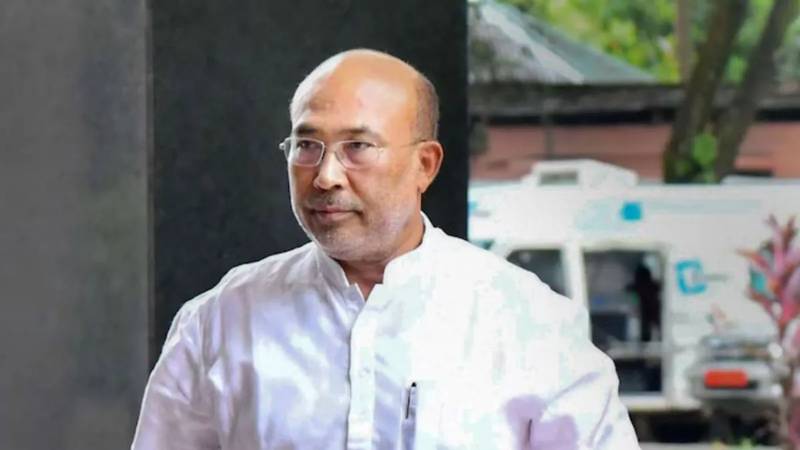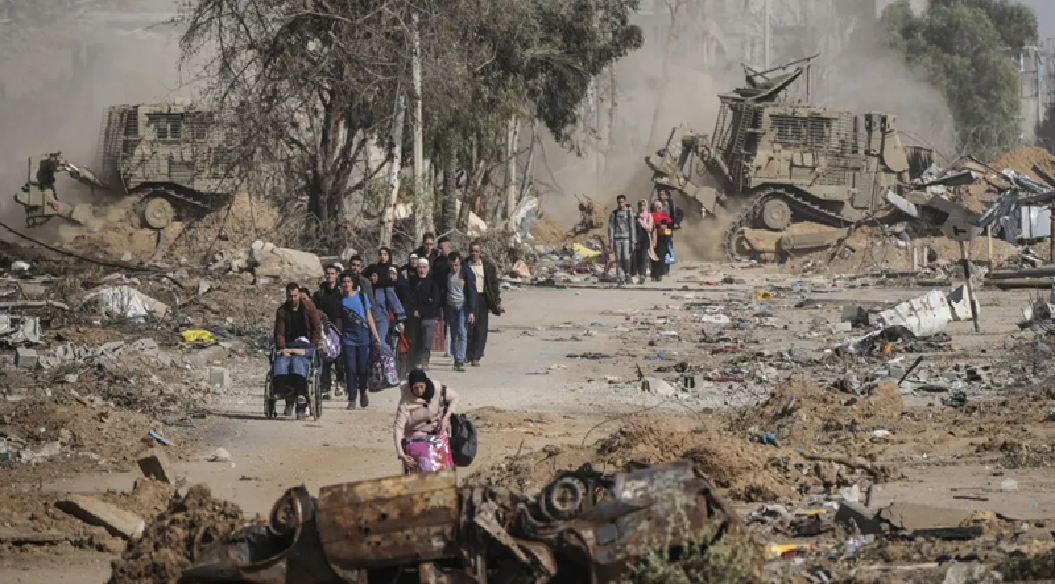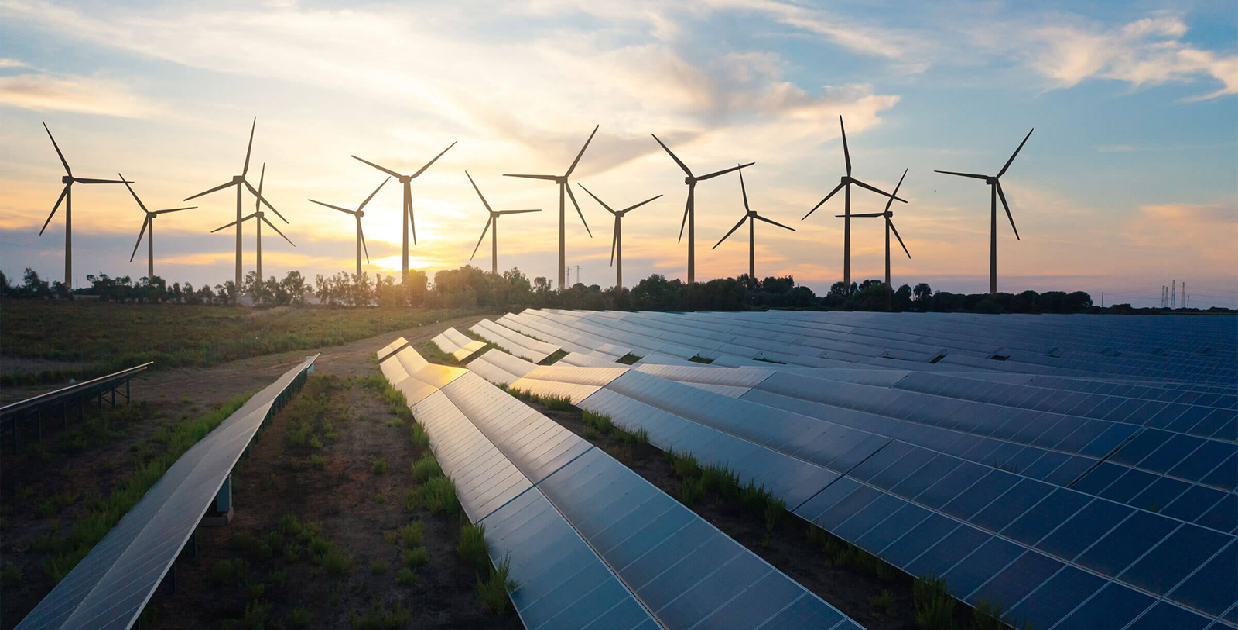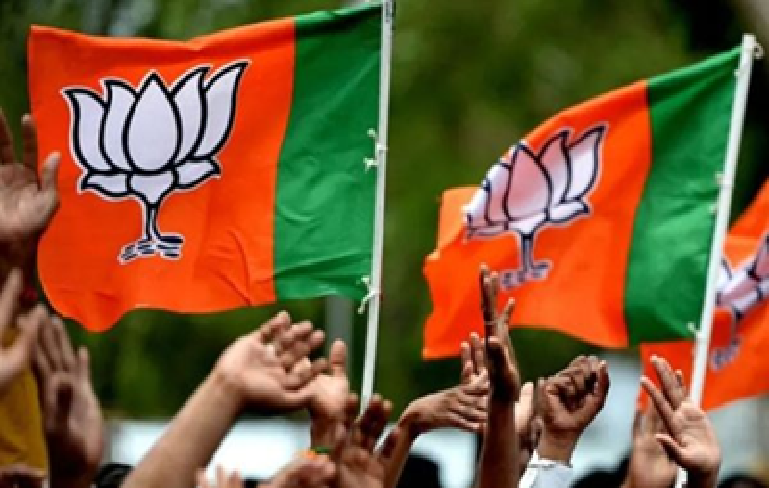
Time for nation to fight heatwaves
Heatwave or cold wave, it’s the poorest of the poor who suffer and die when the mercury rises to unbearable levels or plummets too steeply for human comfort.
On Sunday, came the distressing news from Uttar Pradesh’s Ballia district that 54 people who had been admitted to the district hospital there, had died in the last three days.
While hospital authorities were quick to discount the possibility of a heatwave, claiming that 40 per cent of the patients had fever and 60 per cent were suffering from other diseases, an expert admitted that during summer and winter, death rates among diabetic patients and those with breathing difficulties and blood pressure usually increases.
And most of the deaths occurred among those above 60 years of age. The authorities in the usual knee-jerk reaction, are rushing to install air coolers but is that all we need to fight extreme weather conditions for which India has gained notoriety the world over?
During the peak summer months, there are places in Rajasthan where the mercury hits 47-48 degrees Celsius if not higher.
This year, even in Tamil Nadu, temperatures have risen to a simmering 40 degrees and more, triggering intense sweating and a burning sensation. What has added to the woes of people of states caught in the intense heatwave is the delayed SouthWest Monsoon; In Kerala, the monsoon rains were delayed by a week while in Karnataka including the state capital, Bengaluru, the rains are playing hide-and-seek making officials dread if they are in for a year of water scarcity and drought.
So how does one beat the heatwave in which the deprived are the most vulnerable?
The National Disaster Management Authority (NDMA) suggests planting of more trees and the creation of an extensive green cover while explaining that the temperature difference in an area shaded by trees versus one that is not can vary by as much as five degrees Celsius.
The simplest solution to mitigate the heatwave impact is to “grow more trees,” the NDMA suggests. But these are long-term measures, and what do people do when the full blast of the heatwave hits you?
There is a threshold beyond which the human body finds heat levels unbearable, which could be 35-40 degrees Celsius. And when the inevitable happens during April-May, the safest thing to do is to rush for shelter – in your home or office and to stay indoors till the evening hours when there is some respite. Experts also stress on the need to remain properly hydrated and to wear loose-fitting clothes to lessen the heat impact.
Has any effective planning been done at the national level to counter extreme summer conditions? People have been dying all the time and the one incident that really focussed attention on the need to plan and fight heatwaves was the series of deaths in Maharashtra’s Raigad district during an award function in April when as many as 12 people succumbed to the heat.
Rules will have to be framed and implemented prescribing an advisory of dos and don’ts for heat conditions, so that citizens take necessary precautions in the summer months. Shelters with cooler facilities will have to be set up on a massive scale where citizens forced to venture out in the heat can have a break, so that they do not reach breaking point.
And the impact of climate change and global warming will have to be fought with better citizen activism. You can’t keep the heat away, but you can escape its deleterious effect with a bit of care and caution.
 English daily published in Bengaluru & Doha
English daily published in Bengaluru & Doha






